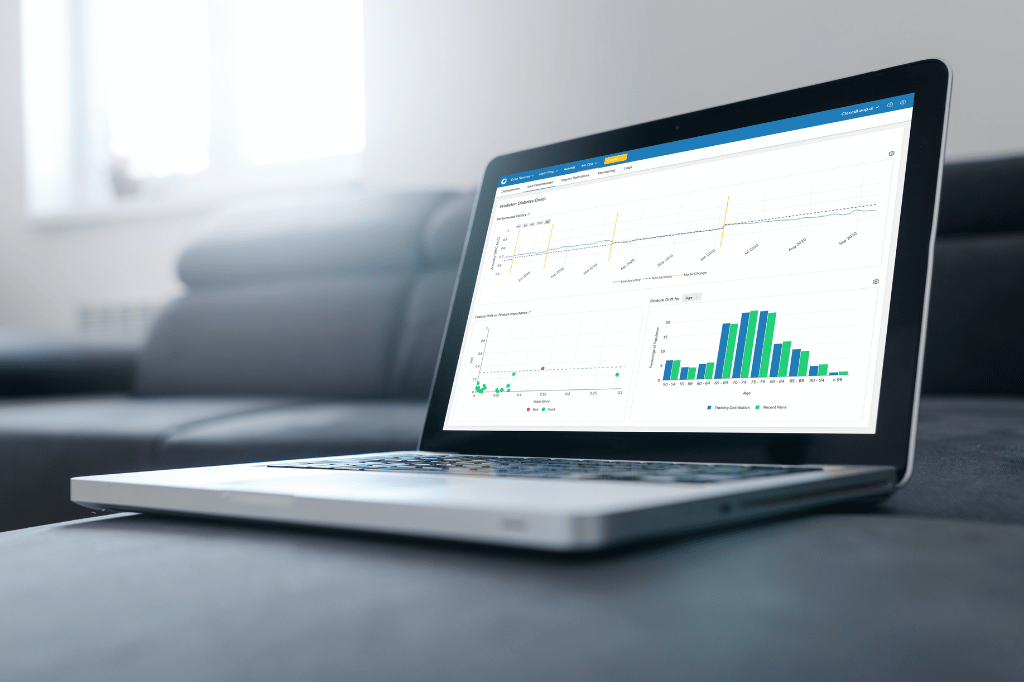The Centers for Medicare & Medicaid Services (CMS) is waging a war against fax machines. These venerable machines have remained remarkably resilient in healthcare. While technology has marched forward — even small doctor’s offices are now on electronic scheduling and medical records systems — the fax machine has remained steadfast as the glue that connects the whole system together. When a provider needs to send records to a payer for prior authorization, it’s a fax. When a patient needs records sent to their new doctor, it’s a fax. CMS is on a mission to end healthcare’s addiction to the fax machine, and for good reason.
Healthcare is embracing Artificial Intelligence (AI), with CMS launching the AI Health Outcomes Challenge, and payers and providers implementing their own AI strategies. All such strategies are deeply dependent on data, but so long as the primary mechanism of data sharing is via faxes and unstructured documents, we will fail to realize the promise of these techniques. CMS understands this and is engaging in a massive effort to completely rebuild the pipes that connect the country’s health IT systems with new versions that are ready for AI.
What makes the fax so horrible is that it acts like a bulldozer on the structure of a patient’s medical record. A given patient’s history is carefully structured in their doctor’s electronic health record (EHR) and includes problem lists, medication reconciliation records, allergies, lab results, and more all carefully categorized, organized, and documented. When a doctor wants to share this record with another provider, that provider also has a carefully structured record for that same patient. In an ideal world, the receiving provider will combine that record with their own to get a more comprehensive overall picture. But, if data is shared via fax it gets printed onto a single document with no standard structure. The fax machine essentially destroys that structure, and the only way to restore it is to manually and painstakingly recreate it.
What if we could eliminate the fax machine and have organizations directly transfer and share structured information? This is exactly what CMS is on a mission to do.
Beginning several years ago, and continuing with their recent announcement of the MyHealth EData Initiative, CMS has been moving the entire industry away from faxing documents and towards the electronic transfer of structured data. All of the players in the healthcare system are included in this effort, from individual patients to providers, payors, and even CMS itself. CMS is basing all of their efforts on the FHIR standard, which is already supported by every electronic health record (EHR) vendor. FHIR solves the problem of ensuring that each concept is structured similarly in different EHR systems, so that different organizations can easily compare and merge their patient records.
CMS began with the BlueButton 2.0 initiative, which enables individual Medicare beneficiaries to access and authorize the sharing of their data. Beneficiaries maintain full control over who can access their data and what they can see. BlueButton has been very successful, but it requires individual consent from each beneficiary, and so it isn’t a feasible approach for cases where organizations need to share bulk data with each other.
The second major effort in this area is the Beneficiary Claims Data API (BCDA), which enables ACOs to get bulk data on their beneficiaries directly from CMS. The BCDA uses the same FHIR format and underlying data source used by the BlueButton API, but provides bulk access to data without requiring individual consent from the beneficiary. BCDA replaces an older mechanism of data transfer called CCLF files, which required special parsing and data handling.
A third related program, Data at the Point of Care, is currently in a pilot phase. This program also leverages the same data infrastructure as BlueButton, but is focused on Medicare Fee For Service providers. This enables a provider to get immediate access to the Medicare claims history for a patient they are treating.
In addition to launching these programs based on Medicare’s own data, CMS rulings have mandated that private payers on the exchanges and with Medicare Advantage plans follow suit and implement similar APIs to enable beneficiaries and providers to get access to their data. Their most recent ruling goes even further and mandates the APIs for prior authorizations, to reduce unnecessary delays in treatment due to data exchange.
These data connections will power a new wave of more advanced analytics and AI applications that will take advantage of this data to provide more accurate and actionable insights to all players in the system. Traditional claims data will be combined with more detailed lab results available within the EHR and social determinants of health (SDoH) data that can be externally linked to provide more accurate targeting of intervention programs. These kinds of analytics will be necessary to compete in a value-based healthcare system.
ClosedLoop’s Actionable Risk Index (ARI) is a modern, AI powered solution for precision targeting of limited intervention resources built specifically for Medicare ACOs. It replaces legacy risk scores with more accurate, explainable, actionable predictions of specific event risks including avoidable hospitalizations, chronic disease progression and more. ClosedLoop’s healthcare’s data science platform was recently selected as a finalist in the Centers for Medicare & Medicaid Services (CMS) Artificial Intelligence (AI) Health Outcomes Challenge.
While we can power the ARI using traditional CCLF files sent by CMS to ACOs, this data has a several month lag, which can be reduced to just a couple weeks using the new BCDA API. This reduction in time lag for data is significant. At ClosedLoop, we characterized the effects of this lag. We found that removing the lag in claims data associated with CCLF files improved performance on the model by 3.9% (on a ROC AUC score) on a model that uses only medical claims. In practice, most ClosedLoop.ai customers incorporate much more data into their models, including ADT and lab data, both of which have shorter lags and provide additional lift. However, even when all these sources are combined together we still see an advantage to reducing the lag in claims data. ACOs utilizing this data are able to respond more quickly to a patient’s changing condition.
We are already seeing advantages to the strategy CMS is pursuing, but there are still challenges ahead. BCDA has been in production since the beginning of 2020, after having been in a pilot phase in 2019, and it still has some areas for improvement. In particular, CMS needs to make it easier for ACOs to convert their legacy systems to the new FHIR endpoints and to authorize vendors to access the data via API. Thankfully, CMS has been improving the API and we expect these issues to be addressed. In 2019, several significant updates were made, including adding more query capabilities, and standardizing the data encryption process to make it compliant with FHIR standards. The BCDA developers have been in close contact with users throughout the process through the BCDA Google Group.
The reign of the fax machine as king of data transfer in healthcare is finally coming to an end, and for us it couldn’t come fast enough.
Interested in learning more about changes CMS is pursuing and other data initiatives? Check out these blog posts:














